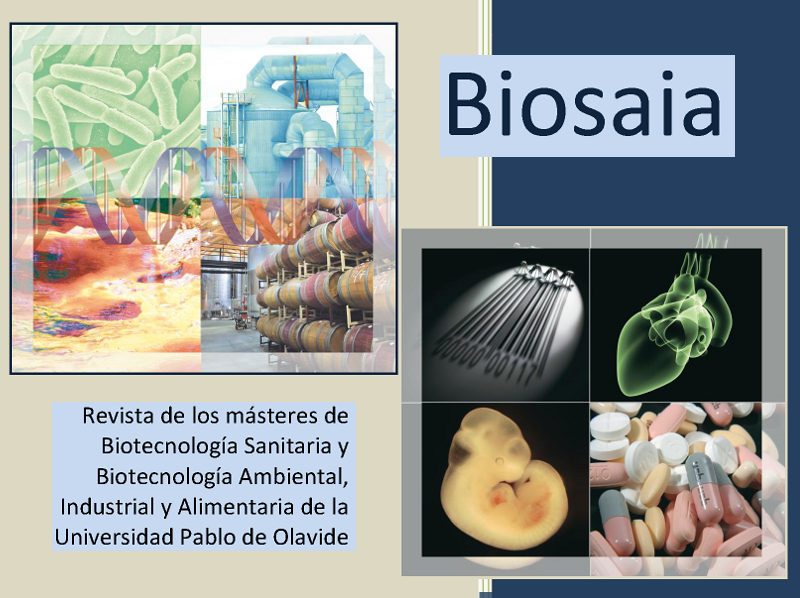Intelligent photo processing to detect food adulterations
Palabras clave:
Adulteration; Photography; Convolutional Neural NetworkResumen
Many consumers suffer adverse reactions to foods, which can be defined as abnormal responses, known as food intolerances or food allergies, to their ingestion. While intolerances affect a high percentage of the population, allergies are suffered by only 5-10% of consumers, and their results can be fatal (Onyimba et al., 2021). Although the food industry indicates on its products the possible allergens that can be found in a particular food, it is possible that fraud, adulteration, or contamination may occur, endangering the health of the consumer (Alves et al., 2016; Wen & Kwon, 2016). Therefore, it is necessary to have equipment and techniques that allow a fast and reliable detection of these allergens in food.
In this work, two independent studies have been carried out with the same basic food, lentil flour (gluten-free). For this purpose, samples of this food have been adulterated with two of the most common adulterants that usually appear in its labeling: nuts (pistachio powder) and gluten (wheat flour). Samples for both studies were prepared at concentrations ranging from 5 to 50 ppm. Subsequently, they have been photographed, adopting different shapes, by means of a reflex camera, obtaining a total of 1100 photographs with each adulterant. The photographs were analyzed with mathematical algorithms specialized in image processing. Specifically, residual neural networks consisting of 34 layers (ResNet34) were used for each study. Initially, the images were randomly and approximately divided into 90% to train the algorithms and 10% for validation. In other words, in the final validation of the models, 113 and 116 images were allocated for the study carried out with pistachio powder and wheat flour, respectively. After designing and training the models for each study, their validation was performed. At this point, in the study with pistachio powder the network obtained an accuracy of 99.12%, failing to classify one photograph; while in the study with wheat flour it obtained an accuracy of 96.55%, incorrectly classifying four images.
In view of the results obtained in both studies, it can be concluded that the combination of optical imaging together with convolutional neural networks constitutes a simple, reliable, economical, and promising method for the detection of traces of nuts and, indirectly, gluten in foods.
Descargas
Citas
Alves, R.C.; Barroso, M.F.; González-García, M.B.; Oliveira, M.B.P.P.; Delerue-Matos, C., 2016. New trends in food allergens detection: toward biosensing strategies. Critical Reviews in Food Science and Nutrition, 56(14), 2304-2319.
https://doi.org/10.1080/10408398.2013.831026
Onyimba, F.; Crowe, S.E.; Johnson, S.; Leung, J., 2021. Food allergies and intolerances: a clinical approach to the diagnosis and management of adverse reactions to food. Clinical Gastroenterology and Hepatology, February.
https://doi.org/10.1016/j.cgh.2021.01.025
Wen, H.; Kwon, J., 2016. Food allergy risk communication in restaurants. Food Protection Trends, 36(5), 372-383.
Descargas
Publicado
Cómo citar
Número
Sección
Licencia
Derechos de autor 2022 Biosaia: Revista de los másteres de Biotecnología Sanitaria y Biotecnología Ambiental, Industrial y Alimentaria

Esta obra está bajo una licencia internacional Creative Commons Atribución-NoComercial-CompartirIgual 4.0.





